My decision to build a cedar-strip canoe came about when a close friend loaned me Gil Gilpatrick’s Building a Strip Canoe. He thought it would be a nice wintertime project for me since I had recently retired. After a few reads of the book, my wife and I decided on the 16′ Laker design. It’s been many years since we have done any serious canoeing and now, with grandchildren, we thought having a nice stable all-around canoe would be best.We purchased the strips, gunwales, decks, etc. from Newfound Woodworks, a Bristol, New Hampshire, company that specializes in strip-building products. We came home with all the material needed for our design—a blend of western red cedar, eastern white cedar, and some accent strips in Alaska pine. The strips were all bead-and-coved and uniform in width and thickness, something we could not have accomplished if we had tried to rip and mill the strips. We also chose to purchase pre-caned seats and a pre-shaped yoke.I deviated from the Gilpatrick design by selecting ash inner and outer stems instead of gluing the cedar strips together and shaping them at the stems. This decision was made primarily because I preferred the aesthetics of the stem guards. In his book, Gilpatrick states that, based on his experience, the stem guards do not provide any additional protection and they add weight, merely ounces, but something he is keenly aware of.
Join The Conversation
We welcome your comments about this article. If you’d like to include a photo or a video with your comment, please email the file or link.
Comments (4)
Leave a Reply
Stay On Course

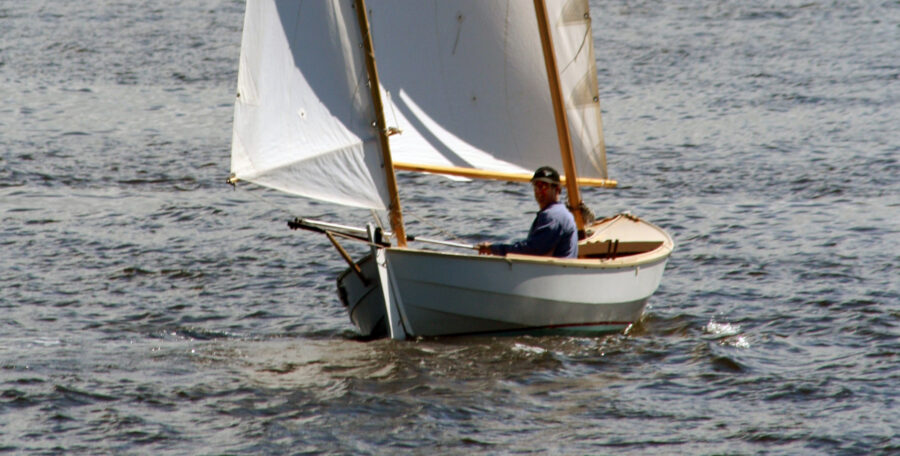
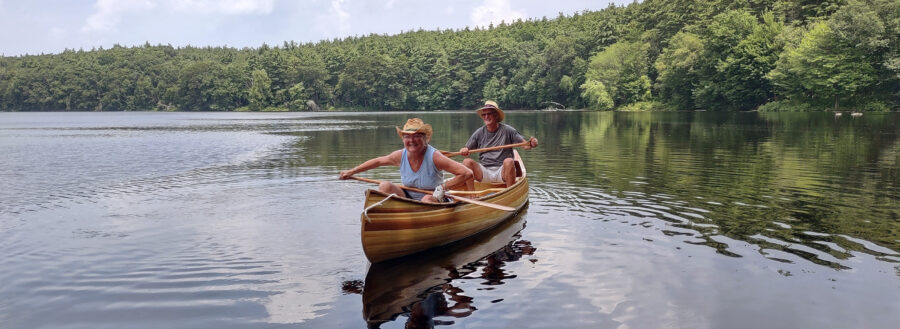
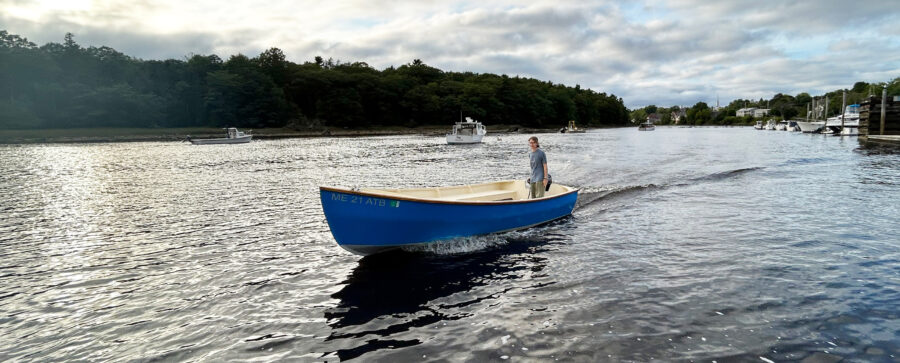
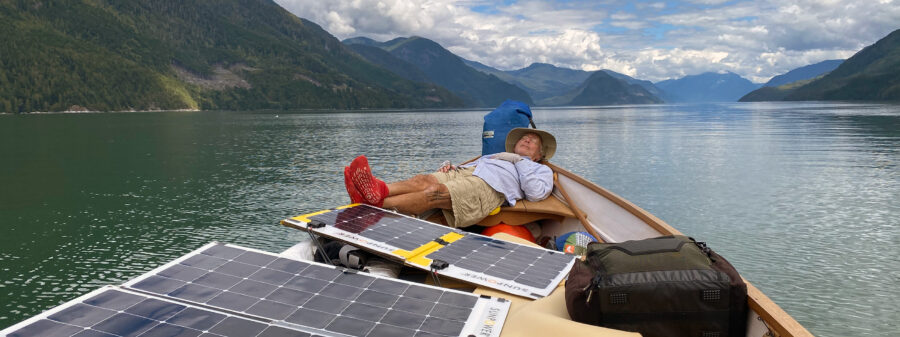
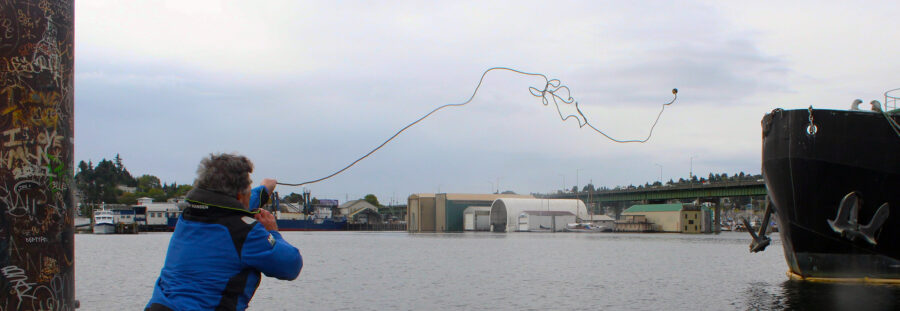
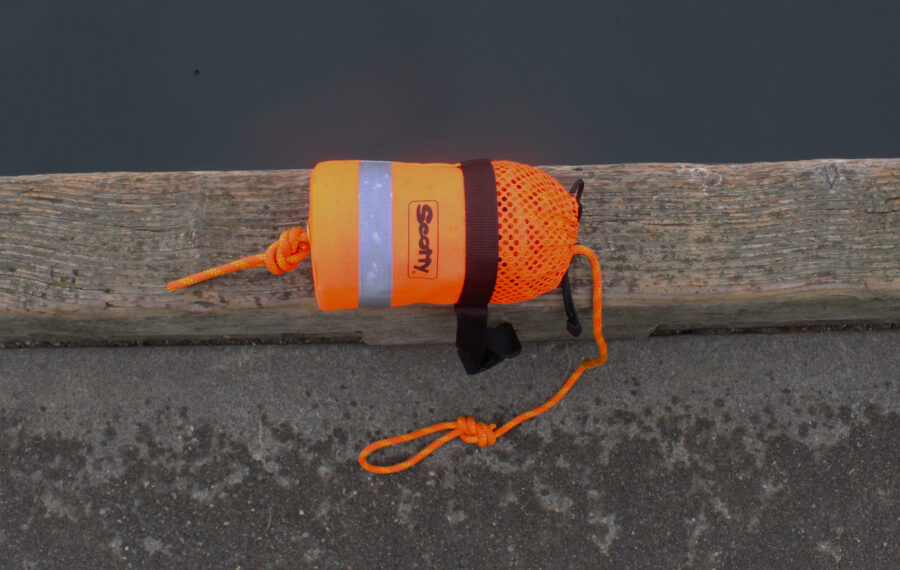
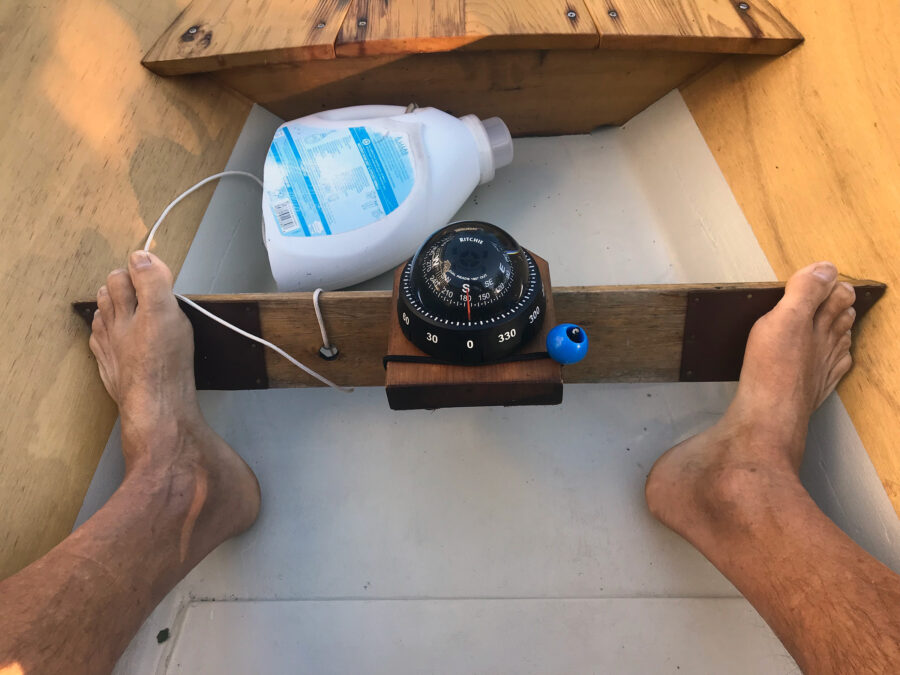
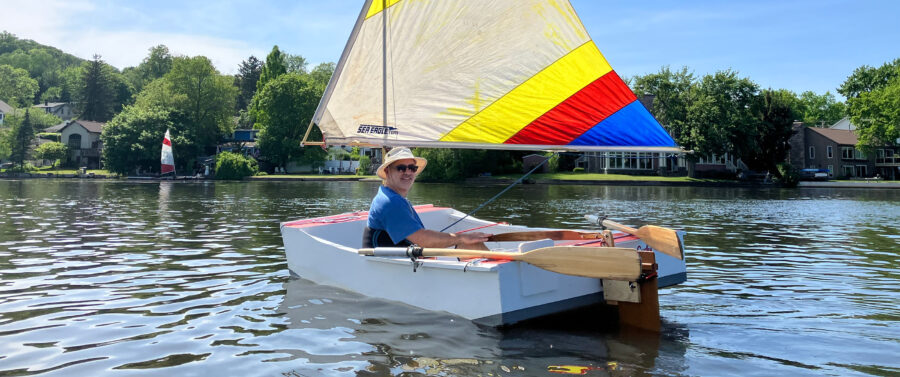

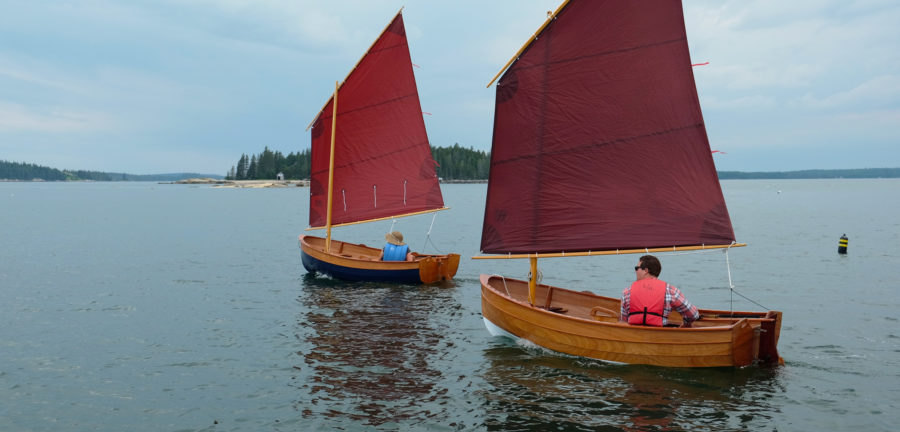
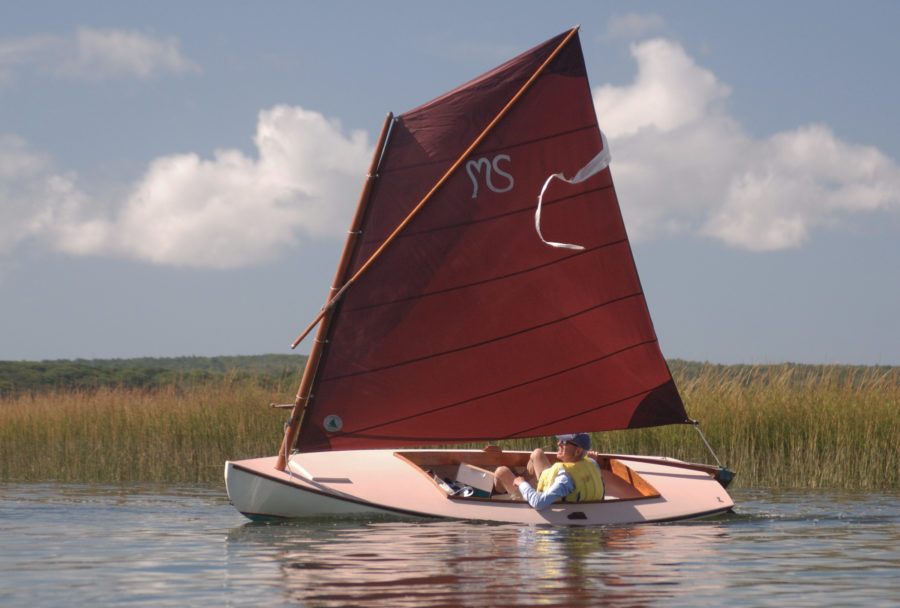

Congrats, what a beautiful boat you made!! I also recently finished building Gil Gilpatrick’s Laker model. It took me almost TWO YEARS! but I was working on it fairly infrequently. I was so glad to be finished that I had a party to celebrate. Glad to see that you used stem guards; I didn’t and made a terrible mess of the stems. I ended up painting them to hide my shoddy work. Like you, I purchased most of strips from Newfound; they were a great resource and so friendly.
I found that foam pipe insulation is cheaper than pool noodles and comes in several diameters. I use the 1″ insulation for the racks on my truck to haul my kayaks.
Well done, Tim and Renee. Wishing you many happy days entertaining the grandkids.
Well done! Gil first published that book in 1979!!! I built a canoe with my dad when I was in middle school, then built the my own, with the help of Gil’s book, in the 1990s. I’m sure you’ll have years of enjoyment on the water with that boat, with plenty of, “Wow! That’s gorgeous!” comments along the way.